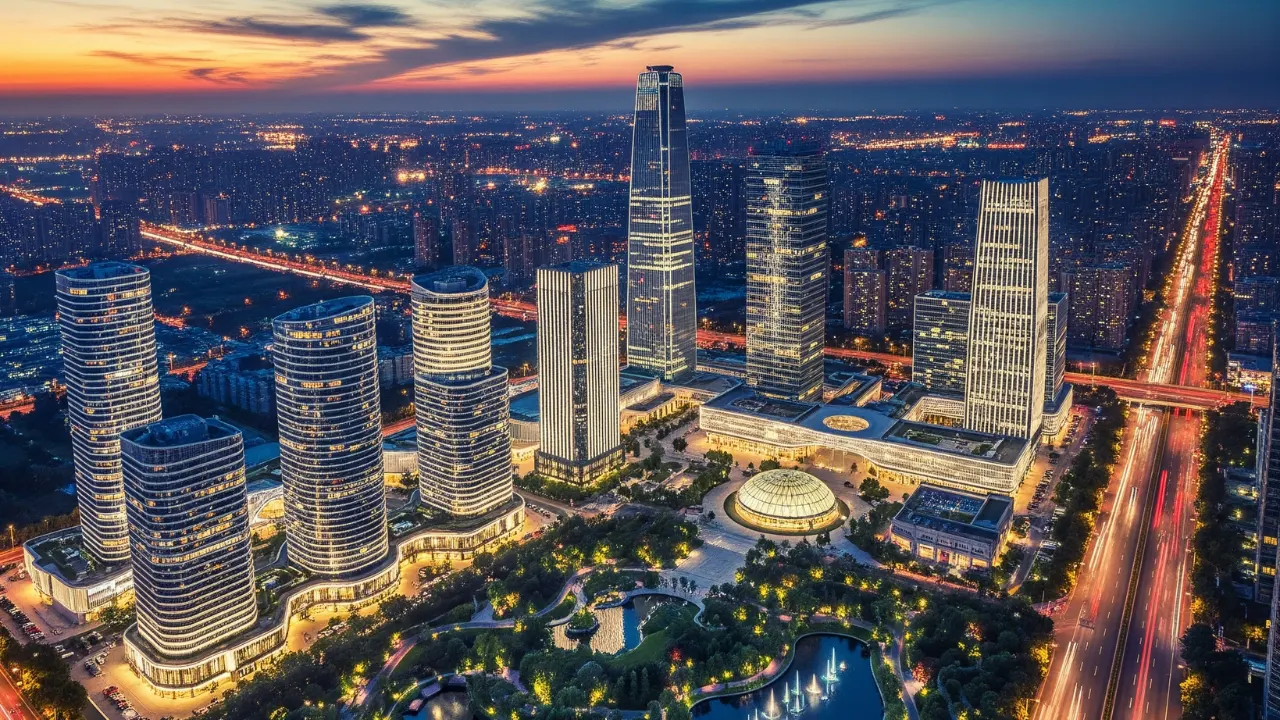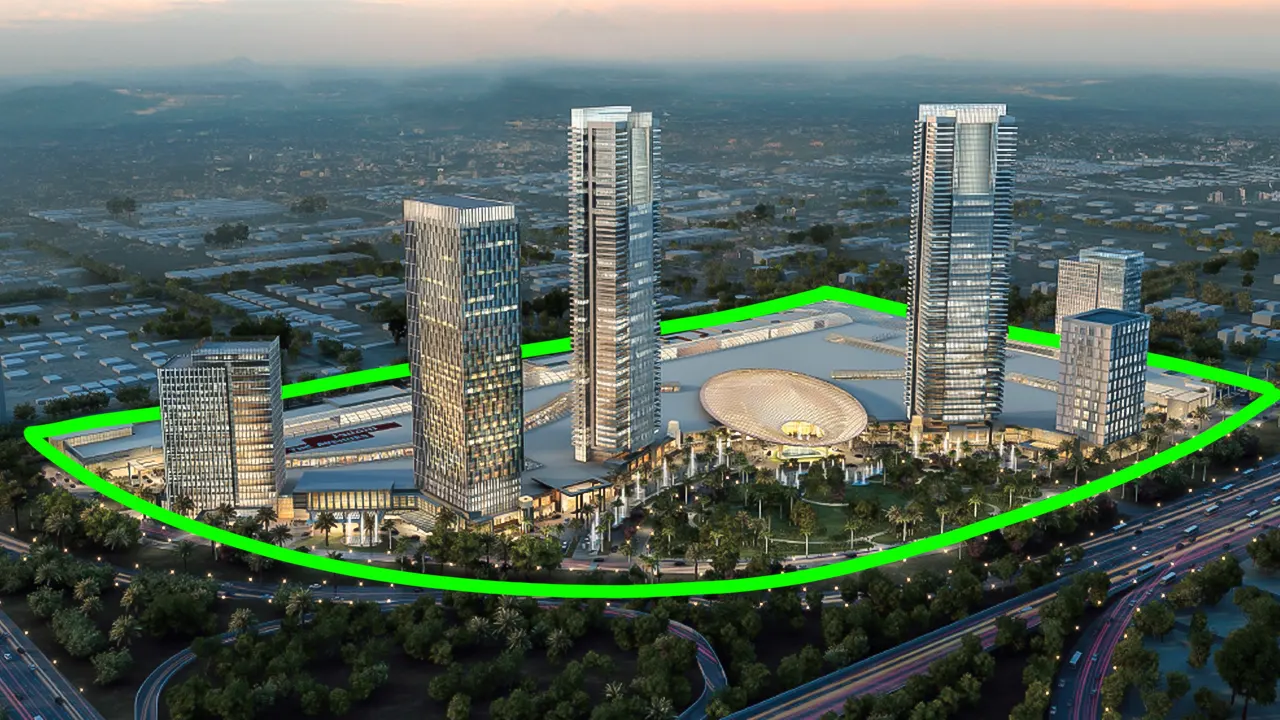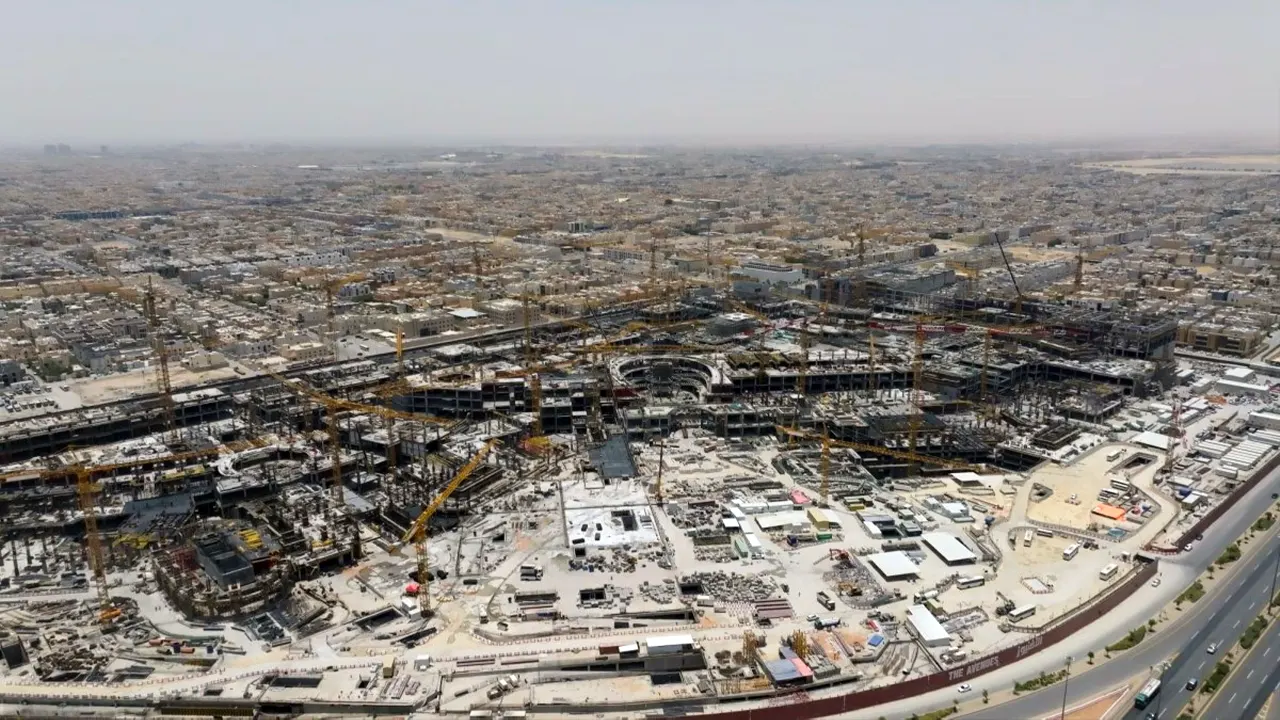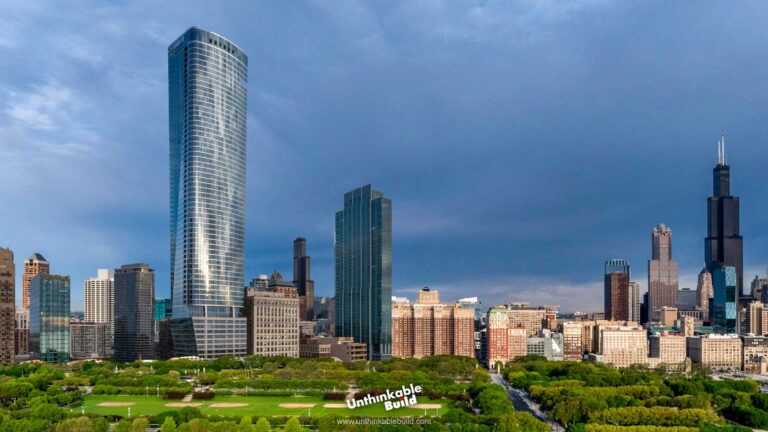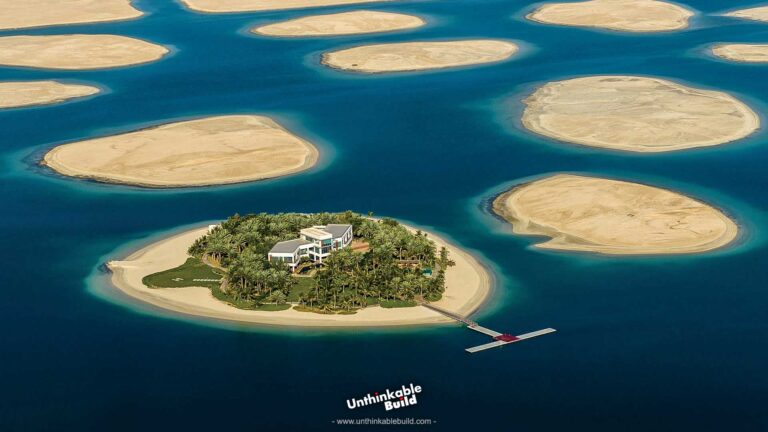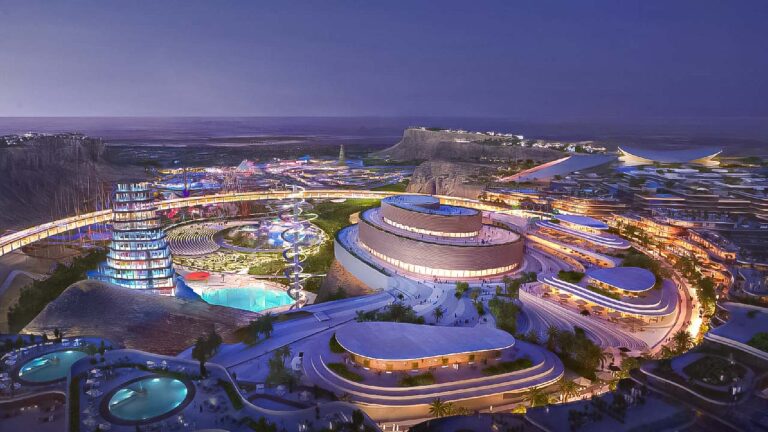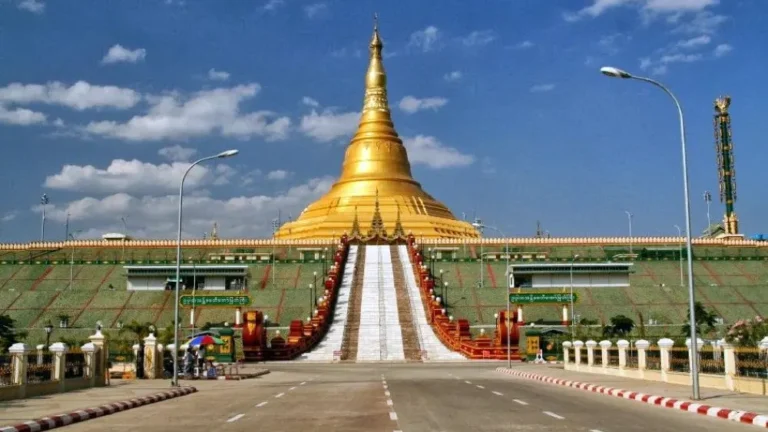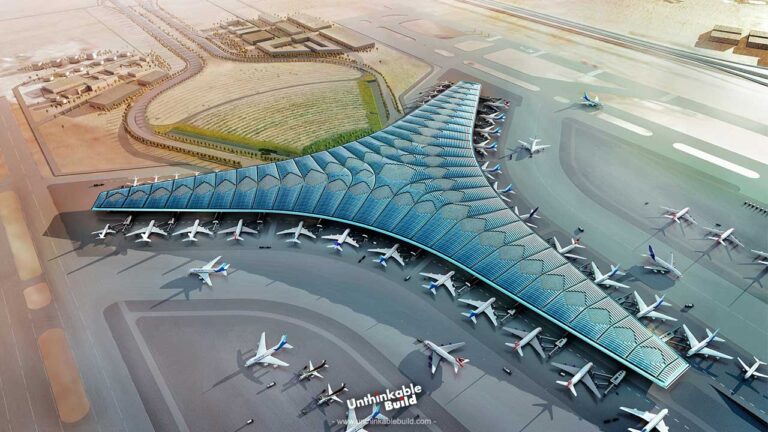The Avenues Riyadh: $5 Billion Mega Mall Rising in Riyadh
Dubai Mall has long been the world’s benchmark for luxury shopping. It houses an aquarium, an Olympic-sized ice rink, and more premium brands than most countries could dream of. Yet Saudi Arabia has decided to build something even bigger and bolder.
In the heart of northern Riyadh, a colossal 5 billion dollar retail metropolis is under construction. This ambitious project, known as The Avenues Riyadh, aims to redefine what a shopping destination can be. It is not just a mall. It is an integrated city featuring nine themed districts, luxury hotels, office towers, and a high-tech entertainment hub.
The project spans 1.87 million square meters, making it one of the largest retail developments on the planet. Walking through the completed mall will feel like exploring multiple cities in one enclosed space.
A Pillar of Saudi Vision 2030
The Avenues Riyadh is central to Vision 2030, Saudi Arabia’s ambitious economic diversification plan. The government aims to reduce its dependence on oil by investing heavily in tourism, hospitality, and advanced industries.
The project is being developed by Alshaya Group, a Kuwait-based retail powerhouse that already operates the successful Avenues Mall in Kuwait City, which attracts millions of visitors annually. Their goal is to expand this proven concept and create a flagship destination that draws global attention.
The site’s location provides easy access from King Khalid International Airport and upcoming metro and high-speed rail networks. The government has already invested in road expansions and transport corridors to integrate the mall into Riyadh’s growing urban infrastructure.
Scale and Global Context
At 1.87 million square meters, The Avenues Riyadh dwarfs the Dubai Mall, which measures 1.1 million square meters. Only Iran Mall in Tehran is technically larger, but The Avenues Riyadh is designed with a focus on prestige, luxury, and visitor experience rather than pure size.
To put its footprint into perspective, the mall’s total area equals about 260 football fields. The design combines retail, entertainment, hotels, offices, and cultural districts into a single urban hub effectively creating a self-sufficient city for luxury tourism and business.
Nine Themed Districts
Architects have designed nine distinct zones, each with its own identity:
- Grand Avenue – A wide, European-style boulevard featuring flagship stores and upscale dining.
- Prestige District – A luxury dome-filled space with private suites, exclusive lounges, and personal shopping services.
- The Souk – A modern interpretation of an Arabian marketplace showcasing regional artisans and heritage brands.
- Mall District – A traditional shopping experience elevated with dramatic design and international brands.
- Tech Hub – A futuristic space for electronics, VR showrooms, and AI-driven retail experiences.
- Family Entertainment Zone – Featuring indoor theme parks, climbing arenas, and family activities.
- Dining Pavilion – A curated mix of fine dining restaurants and casual international food courts.
- Wellness Center – High-end gyms, spas, and holistic health services.
- Cultural Quarter – Dedicated to art, exhibitions, and cultural performances highlighting Saudi heritage.
The design incorporates lush gardens, skylit walkways, and cascading water features, creating a sense of openness and natural light inside an enclosed environment.
Luxury Shopping Meets Technology
The Avenues Riyadh will host more than 3,000 retail outlets, including global luxury brands such as Hermès, Dior, Chanel, and Louis Vuitton. Regional designers will also have dedicated spaces, supporting the growth of Saudi Arabia’s fashion and creative industries.
Technology will play a central role in the shopping experience. Features will include AI-powered assistants, augmented reality fitting rooms, and facial recognition-based concierge services. Everything from lighting and scent to background music will adapt to individual visitor profiles, creating a personalized retail journey.
Hotels, Entertainment, and Office Spaces
The project will include three luxury hotels:
- Waldorf Astoria Riyadh
- Conrad Riyadh
- Canopy by Hilton
These hotels will offer over 1,000 rooms and suites, designed for affluent travelers, international executives, and diplomatic delegations.
Entertainment offerings will include an 18-screen 4D cinema complex, indoor VR parks, and large-scale performance venues. One of the towers will serve as a dedicated corporate office hub, designed for international businesses that want premium workspaces integrated into a vibrant retail and hospitality ecosystem.
Construction Progress in 2025
By August 2025, the project has reached 50 percent completion, with significant portions of the structural framework already visible. More than 13,000 workers are currently on site, and over 1 million cubic meters of concrete have been poured enough to fill 400 Olympic swimming pools.
Developers are using Building Information Modeling (BIM), automated climate control systems, and AI-based safety management to ensure efficiency and precision during construction.
Renewable energy will also play a role. The mall will feature large solar panel arrays and advanced cooling systems designed to reduce energy consumption in Riyadh’s extreme summer heat.
The first phase is expected to open in late 2026, with full completion scheduled for 2027, aligning with Riyadh’s broader development timeline that includes the King Salman Park and Diriyah Gate projects.
Economic Impact and Forecasts
Saudi Arabia projects that The Avenues Riyadh could attract over 50 million visitors annually by 2030, generating billions of dollars in retail and tourism revenue.
The development will create over 20,000 direct and indirect jobs, ranging from retail and hospitality to construction and long-term operations. Analysts believe that if Riyadh successfully positions itself as a luxury tourism hub, it could capture a significant share of the Gulf’s high-spending travelers, many of whom currently flock to Dubai.
Reports from Colliers International and Knight Frank indicate that Saudi Arabia’s retail and hospitality sectors are among the fastest-growing in the Middle East, fueled by government reforms and a surge in international events such as Formula 1 races, boxing matches, and major concerts.
Challenges and Criticism
Skeptics question whether Riyadh can realistically compete with Dubai, which has built its reputation as a global tourism hub over two decades. Dubai Mall alone receives around 80 million visitors annually, more than New York City’s entire annual tourist count.
Environmental concerns persist as well. Despite incorporating solar energy and smart cooling systems, maintaining such a massive climate-controlled complex in the desert consumes vast resources.
Cultural critics also argue that such lavish spending could overshadow investments in housing, healthcare, and education. Still, Saudi leaders defend mega-projects as catalysts for job creation and economic diversification.
A Potential Turning Point for Riyadh
If The Avenues Riyadh succeeds, it could transform Riyadh’s image from a business capital to a global destination city. It would signal that Saudi Arabia is not just catching up with its Gulf neighbors but is willing to lead in sectors like luxury tourism, retail, and urban design.
Saudi Arabia is already reshaping Riyadh with record-breaking projects like the World’s Longest Sports Boulevard and the upcoming King Salman International Airport, which is set to become the largest airport on Earth, signaling that The Avenues Riyadh is only one part of a much larger plan to turn the capital into a global powerhouse for tourism, business, and culture.

